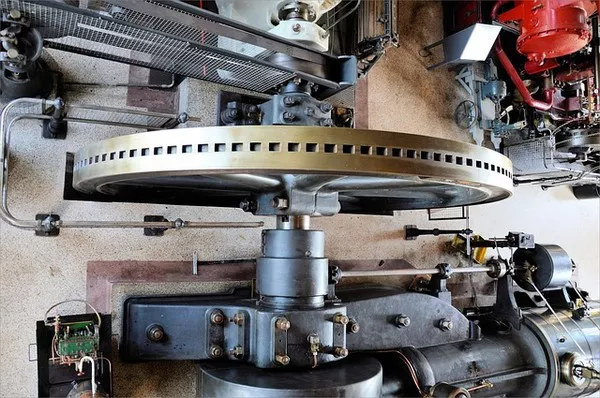In a bid to mitigate climate change and reduce carbon emissions, researchers in Switzerland are pioneering a groundbreaking approach to industrial heat generation: harnessing the power of the sun. A recent proof-of-concept study, published on May 15 in the journal Device, introduces a novel method utilizing synthetic quartz to trap solar energy at temperatures exceeding 1,000°C (1,832°F). This innovation holds the potential to provide clean energy solutions for carbon-intensive sectors such as steel production and cement manufacturing.
Corresponding author Emiliano Casati, from ETH Zurich in Switzerland, emphasizes the urgent need to decarbonize energy usage across various industries. “To tackle climate change, we need to decarbonize energy in general,” says Casati. “People tend to only think about electricity as energy, but in fact, about half of the energy is used in the form of heat.”
Industries like glass, steel, cement, and ceramics, which form the backbone of modern civilization, rely heavily on high-temperature processes that traditionally involve burning fossil fuels. These sectors collectively account for approximately 25% of global energy consumption. While solar receivers have been explored as a renewable alternative, existing technologies face challenges in efficiently transferring solar energy beyond 1,000°C.
To address this limitation, Casati and his team turned to semitransparent materials like quartz, which exhibit a phenomenon known as the thermal-trap effect. By crafting a thermal-trapping device using synthetic quartz rods and opaque silicon disks as energy absorbers, they achieved remarkable results. Exposing the device to solar flux equivalent to the light from 136 suns, the absorber plate reached temperatures of 1,050°C (1,922°F), demonstrating the method’s effectiveness even at extreme temperatures.
Casati highlights the significance of their research in pushing the boundaries of solar thermal trapping. “Our research showed that solar thermal trapping works not just at low temperatures, but well above 1,000°C,” he explains. “This is crucial to demonstrate its potential for real-world industrial applications.”
Through heat transfer modeling, the team further illustrated the efficiency of thermal trapping under various conditions. Their simulations revealed that thermal trapping achieves target temperatures at lower concentrations with equal performance, or at higher thermal efficiency for equal concentration, compared to conventional solar receivers.
Looking ahead, Casati and his colleagues are focused on optimizing the thermal-trapping effect and exploring new applications for this transformative technology. By experimenting with different materials and methods, they aim to further elevate the efficiency and versatility of solar energy utilization.
In conclusion, Casati underscores the importance of demonstrating the economic viability and scalability of solar thermal trapping to drive industry adoption. With solar energy readily available and the technology already within reach, this innovative approach holds immense potential to revolutionize carbon-intensive industries and pave the way towards a more sustainable future.

